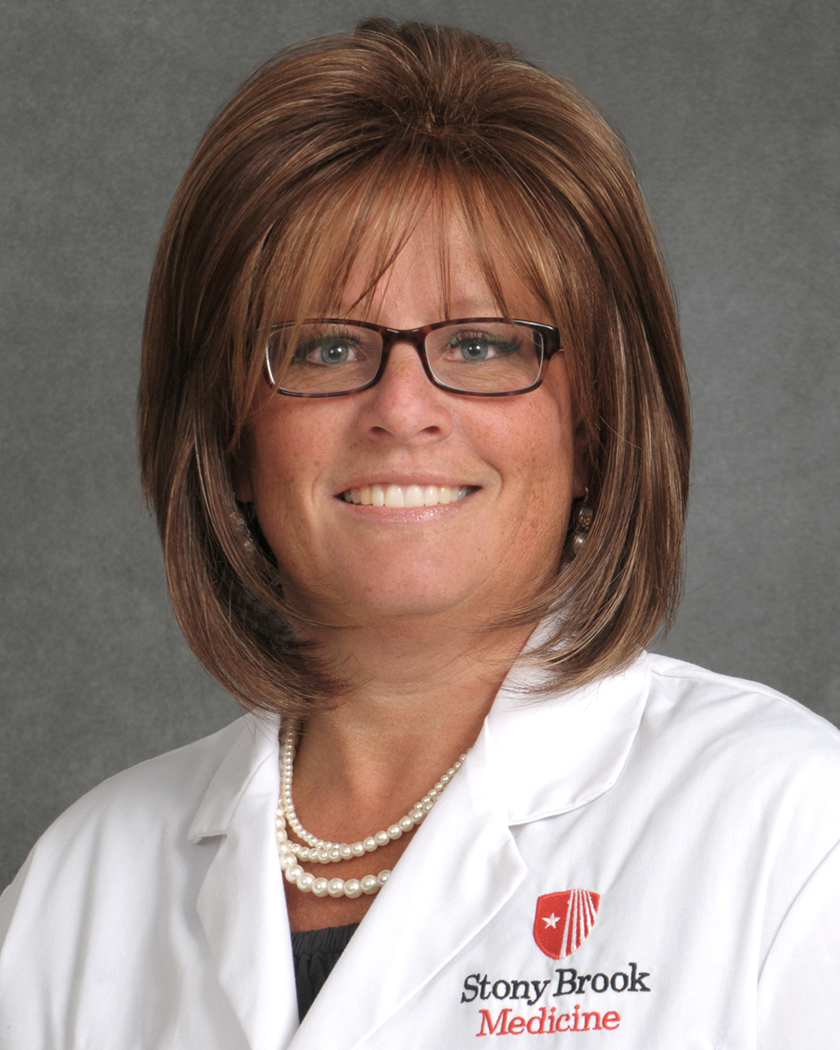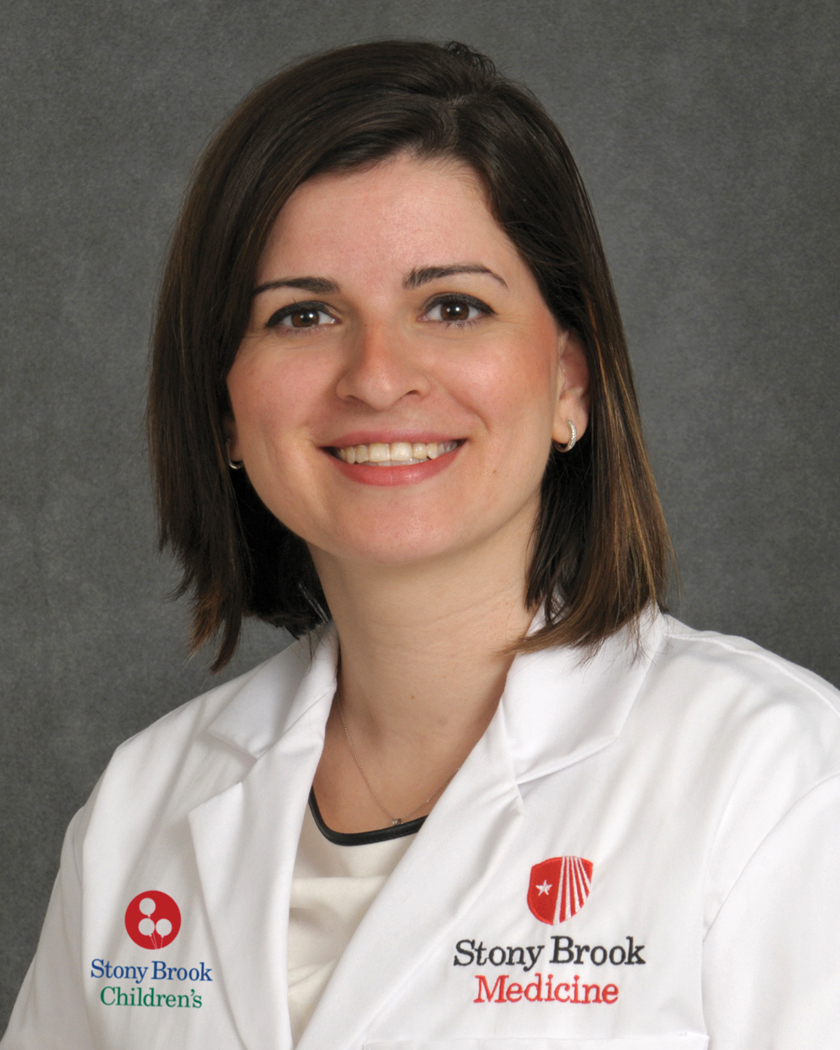Ask the Experts
 |
Susan Katz, RN, DNP, PNP Clinical Instructor Infant Apnea Program Coordinator Pediatric Injury Prevention Program Coordinator |
 |
Marianna Lawrence, RNC Regional Perinatal Center Coordinator Stony Brook Medicine |
September is Baby Safety Month — a time to spread awareness about the importance of keeping your baby safe at all times. Safe-to-sleep practices have been shown to significantly reduce deaths. Dr. Susan Katz, Coordinator of the Pediatric Injury Prevention Program, and Marianna Lawrence, Coordinator of the Regional Perinatal Center, discuss the key steps to keeping infants safe while they sleep.
What are the rules when it comes to safe sleep for babies?
All you have to remember is A-B-C. A for alone. B for on their backs, and C for a safe crib with NOTHING in it except the baby. It’s important for everyone who cares for the baby to be aware of and to use safe sleep practices. Babies who do not sleep safely are at greater risk for Sudden Infant Death Syndrome (SIDS) and for Sudden Unexpected Infant Death (SUID).
Why NOTHING in the crib with the baby?
Bumpers, loose bedding, including sheets and blankets, and toys all have the potential to cause harm to the baby. With items like these in a crib, babies can suffocate, strangle and get trapped. What’s more, as babies get older, they can use items in the crib to climb out, which could lead to a fall and a potential head injury.
Can my baby sleep in a car seat or baby seat?
Sometimes. If you’re awake and supervising your baby, it’s perfectly fine for him or her to nap in a car seat, swing or baby seat. But when you’re asleep, your baby should be in a safety-approved crib with a firm mattress and a fitted sheet.
Is it ever safe for my baby to sleep with me?
No. While it’s great to want to stay close with your baby as much as possible, sleeping in the same bed is never a good idea. There have been many cases of parents rolling over onto their babies while they were sleeping, which has led to death by suffocation. What’s more, if you have more than one baby — twins, triplets or even an older child, each infant must have its own crib and safe sleep environment. Let your baby sleep in his or her crib in the same room with you – but not in your bed or on a couch with you.
What should my baby wear when placed to sleep?
When babies are very young they should sleep in snug, non-flammable clothing labeled as sleep wear, such as a one piece, single-layer outfit or a sleep sack with an attached swaddler. Make sure your baby’s head and face stays uncovered while he or she is sleeping. If you wrap or swaddle your baby in a thin receiving blanket, be sure to keep it at the level of the armpits or lower.
What should the room temperature be?
Sixty-eight to seventy-two degrees F. Babies should be dressed properly for the temperature of the room. Be careful not to let your baby get too hot or too cold while he or she is asleep.
Can my baby go to sleep with a bottle?
No. You should never allow your baby to go to sleep with a bottle for two reasons. Food should never be associated with sleep. And going to bed with a bottle has the potential to erode tooth enamel.
Can I put my baby to bed with a pacifier?
Yes. A pacifier is the one thing you can give your baby when you put him or her to sleep for a nap and at regular bedtime. However, it’s recommended that you wait to start using a pacifier until your baby is an established breast feeder.
Can I use a hand-me-down crib?
To save money, many parents like to use a hand-me-down crib. Second-hand cribs are ok to for your baby if they haven’t been recalled, aren’t more than 10 years old and aren’t broken or modified. Also be certain the used crib complies with current Consumer Product Safety Commission (cpsc.gov) recommendations regarding crib standards.
How does Stony Brook Children’s promote safety?
As part of Long Island’s premier academic medical center, Stony Brook Children’s Hospital’s care extends beyond our walls into our communities. We are not only dedicated to caring for sick and injured children, but also to helping to prevent illness and injury.
LEARN MORE
To find additional information and important tips on baby safety, visit stonybrookchildrens.org/babysafety
For more information, call (631) 444-3783.
All health and health-related information contained in this article is intended to be general and/or educational in nature and should not be used as a substitute for a visit with a healthcare professional for help, diagnosis, guidance, and treatment. The information is intended to offer only general information for individuals to discuss with their healthcare provider. It is not intended to constitute a medical diagnosis or treatment or endorsement of any particular test, treatment, procedure, service, etc. Reliance on information provided is at the user's risk. Your healthcare provider should be consulted regarding matters concerning the medical condition, treatment, and needs of you and your family. Stony Brook University/SUNY is an affirmative action, equal opportunity educator and employer.

